Maca Root Powder
$4.95 – $16.95
Maca root powder is a popular supplement. Maca was good for 1. Increasing libido · 2. Reducing erectile dysfunction 4. Increasing fertility. Buy it at an affordable price at natural foods store in the USA – Alive Herbals.
Free shipping on all orders
Product Name: Maca Powder.
Botanical Name: Lepidium meyenii.
Also Known as: Maca is related to radish and is also called Ginseng Andin, Peruvian Ginseng, Lepidium meyenii, or Lepidium peruvianum. It smells like butterscotch.
Country of Origin: Originally from Peru.
Product Style: Powder or ground.
Taste & Aroma: It has a nutty, butterscotch-like taste, butterscotch-like smell.
Storage: The best way to store them is in a cool, dark place with a lid that keeps out air.
Shelf Life: In general, there is generally a 3 years validity after production.
Uses: Maca may help to improve mood in depression, according to a study published in Climacteric in 2015.
Interesting Fact: Maca root has become a very popular supplement because of its possible benefits for fertility, libido, menopause, and other things.
Maca powder benefits:
It has a lot of iron and iodine, which help your cells stay healthy and keep your metabolism going. It has a lot of potassium, which is good for digestion and makes muscles feel good. Maca is also full of calcium, amino acids, vitamins, and minerals.
◉ Helps the Body Manage Stress.
◉ May Help with Depression.
◉ May Lead to Increased Energy.
◉ May Help with Symptoms of Perimenopause and Menopause.
A maca powder history.
Even though you probably won’t find maca in the produce section of your grocery store, Pooja Amy Shah, M.D., an integrative and functional medicine doctor in New York and an assistant professor at Columbia University, says maca is a cruciferous root vegetable, like turnips and radishes. She says, “People also call it Peruvian ginseng, but it has nothing to do with Asian or American ginseng. It’s a totally different plant.” She also says that maca root comes in different colors, like red, black, yellow, and brown, and is usually grown in Peru.
Integrative medicine doctor Karen Koffler, M.D., from Coral Gables, Florida, says, “It looks like a big radish and is a hardy plant that can grow in harsh, extreme conditions.” “You have to respect a plant that can survive in harsh conditions, because that shows how it can help us when we eat it.”
Dr. Koffler says that in Peru, maca is usually eaten in food or made into a tea. But it’s more likely to be found as a powder, capsule, or tincture in the U.S. No matter how you eat it, maca is good for your body in many ways.
This info is provided for educational purposes only; it has not been approved by the Food and Drug Administration (FDA). This information is not indicated for diagnosing, treating, curing, or preventing any illness.
Consult a doctor before using natural spices, and herbal products if you’re pregnant, breastfeeding, or on drugs.
Related products

Aji Amarillo Powder
$4.50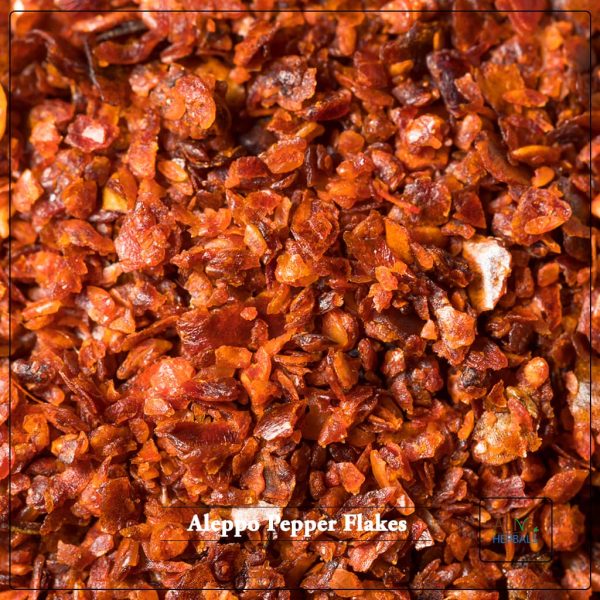
Aleppo Pepper Flakes
$4.75 – $14.95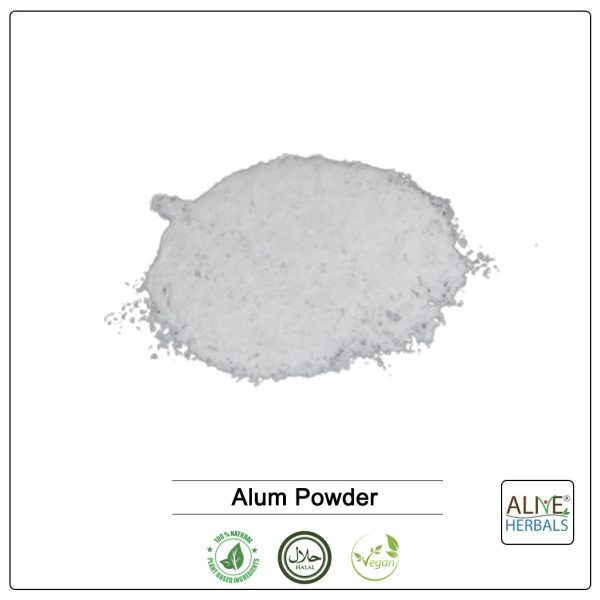
Alum Powder
$4.50 – $11.95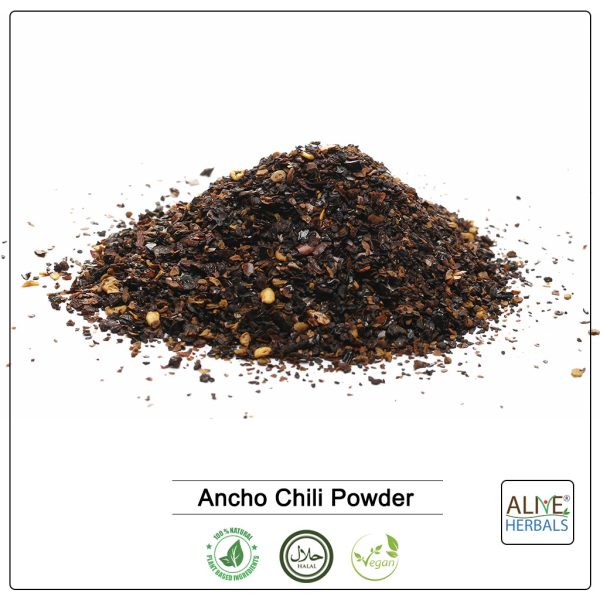
Ancho Chile Powder
$4.50 – $9.75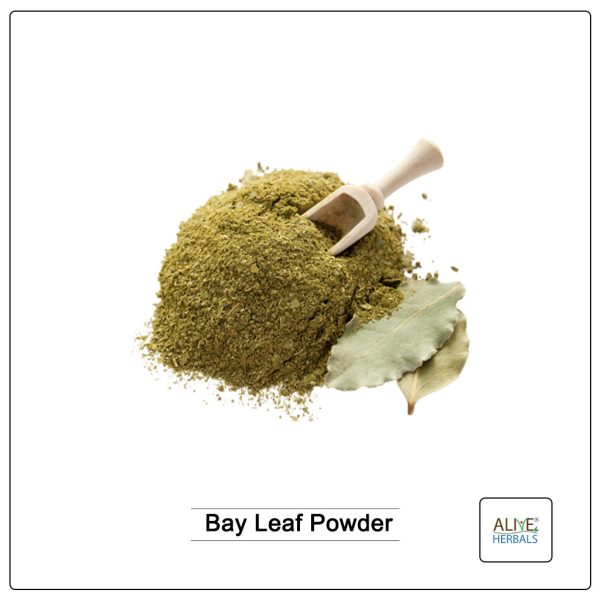
Bay Leaf Powder
$3.95
Cinnamon Sticks
$3.95 – $23.95
Cumin Powder
$2.90 – $10.95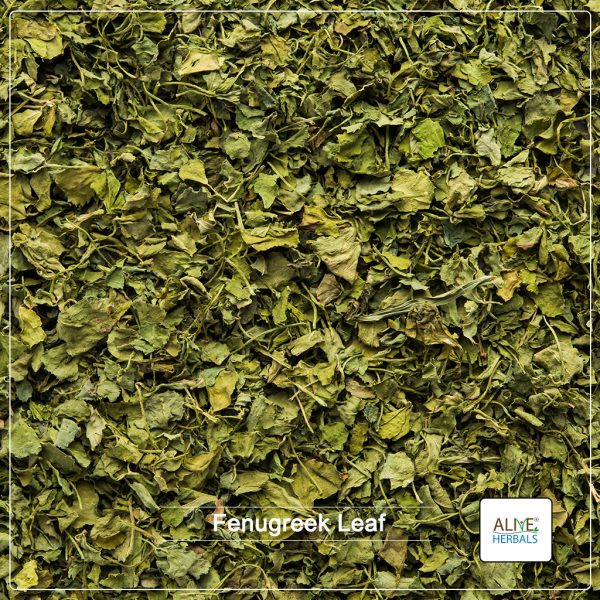
Fenugreek Leaf
$3.50 – $5.59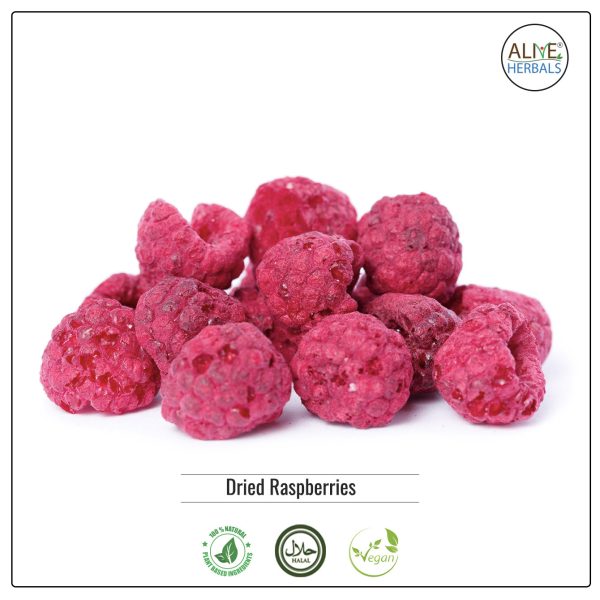
Raspberry Dried
$9.95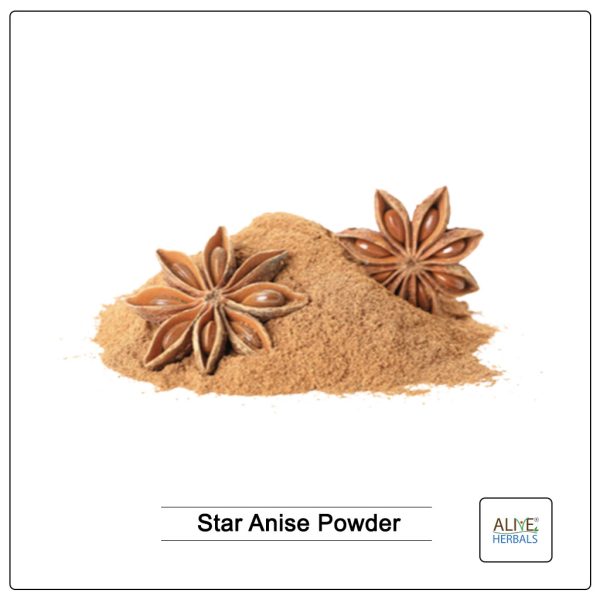
Star Anise Powder
$5.99 – $34.99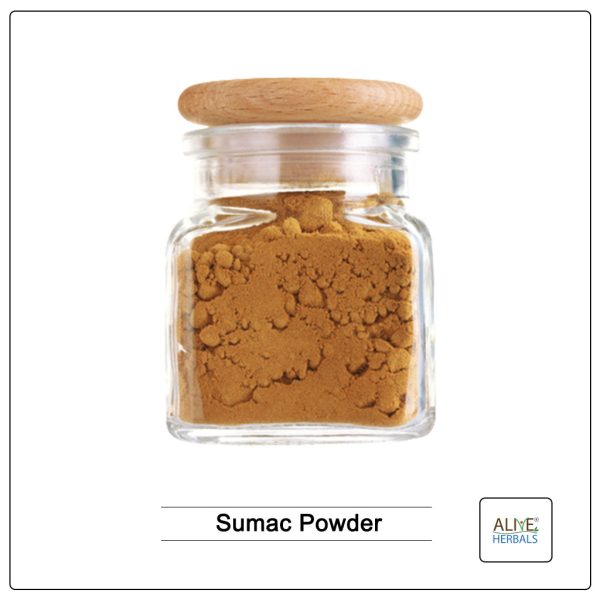

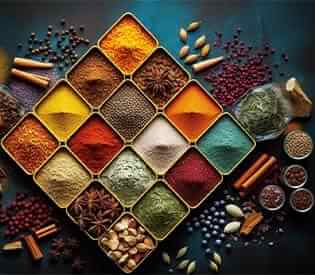
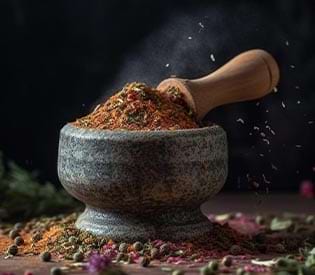
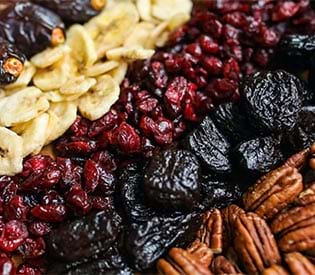


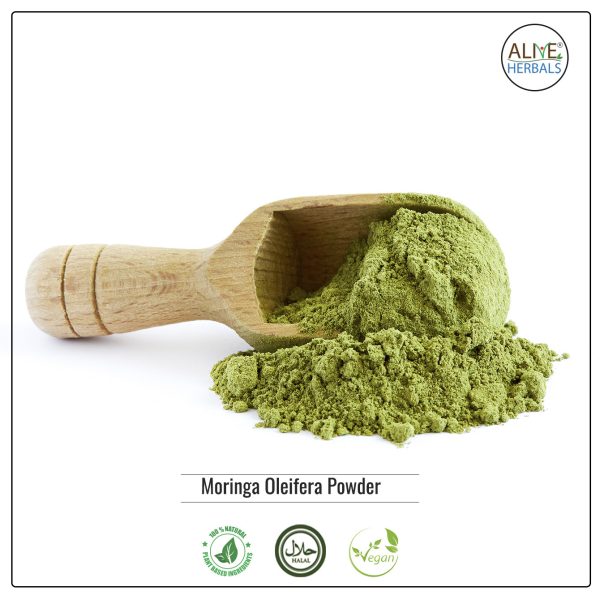

Reviews
There are no reviews yet.